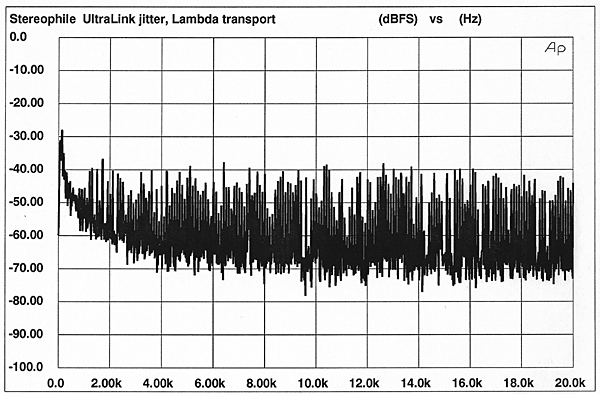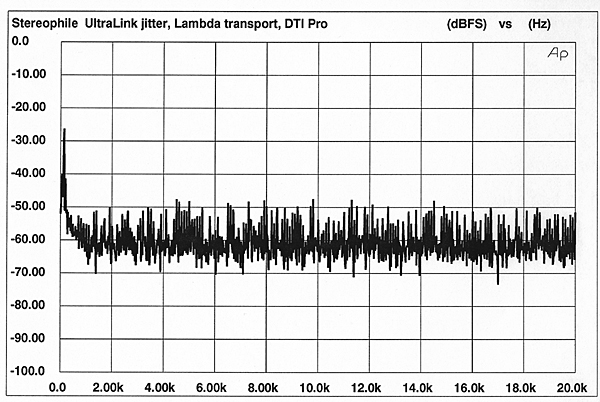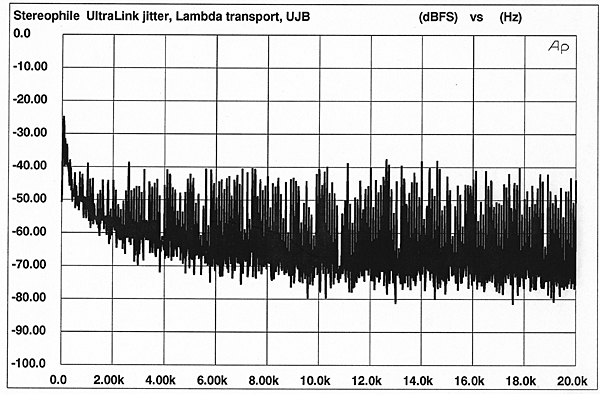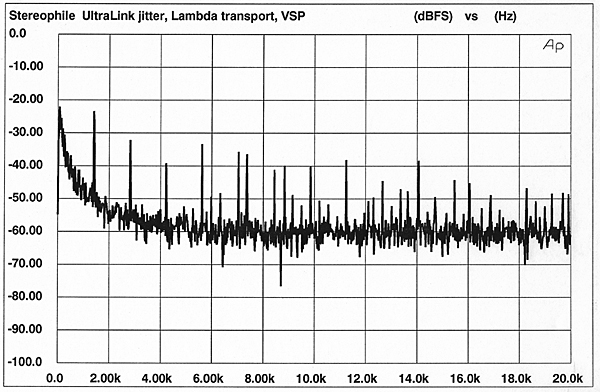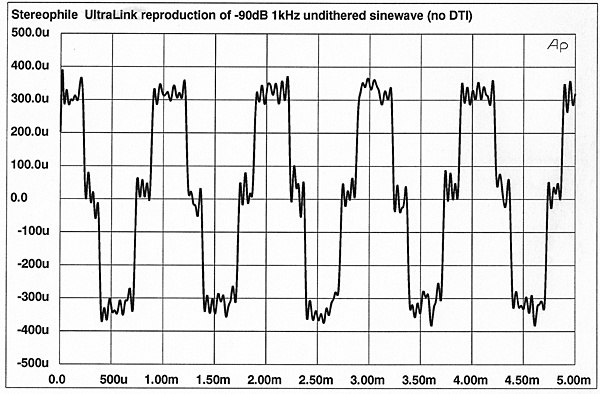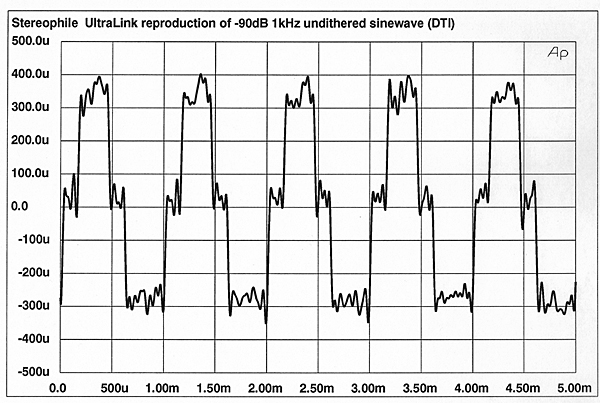| Columns Retired Columns & Blogs |
It's good that now-classic gear is being re-measured with modern tools (and evolved skill sets).
I hope JA can get around to measuring digital gear that is STILL sought after. Such as DACs and CDPs with classic Philips chipsets: TDA1541, SAA7220, etc.
